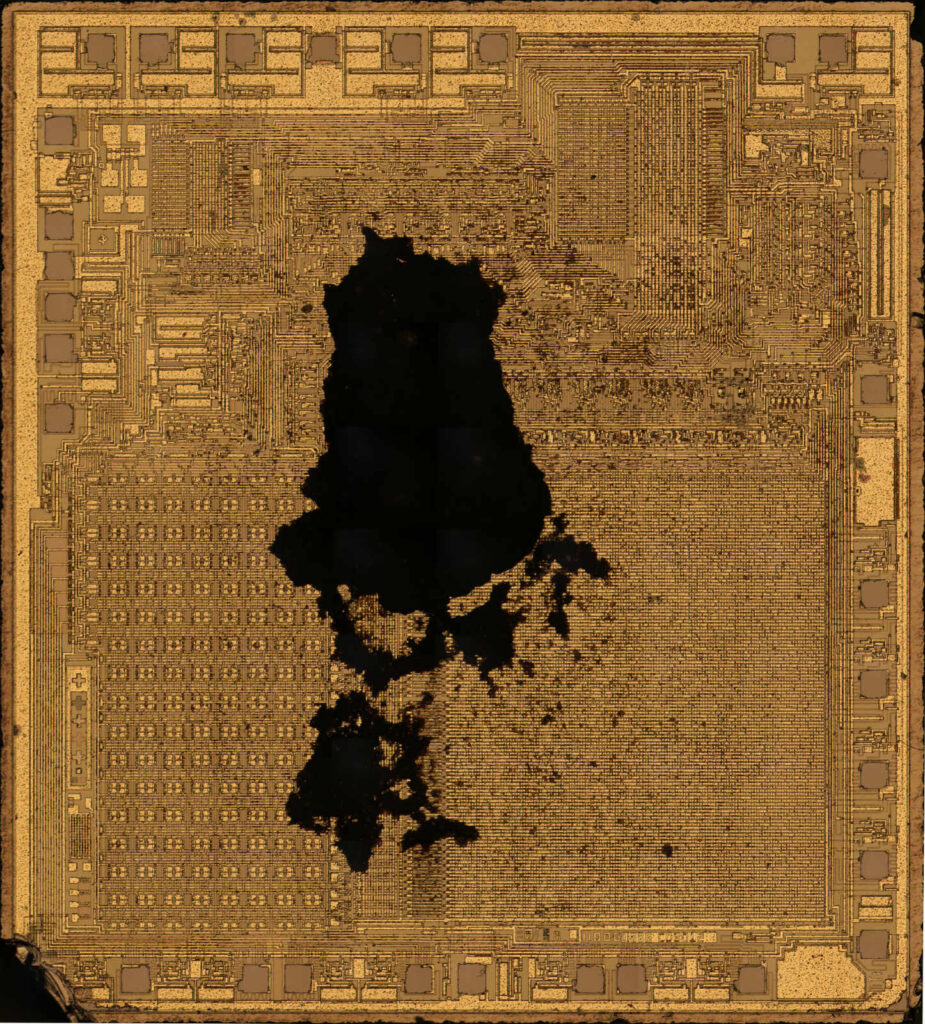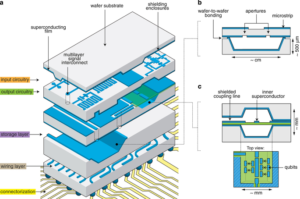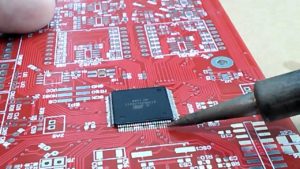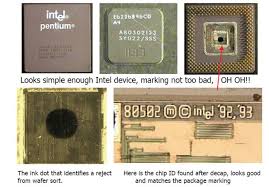Unlock MCU AT89C51ED2 Flash
Unlock MCU AT89C51ED2 Flash memory and extract locked code from microcontroller at89c51ed2, make MCU AT89C51ED2 functionality recovery;

The third pull-up is referred to as the “strong” pull-up. This pull-up is used to speed up low-to-high transitions on a quasi-bidirectional port pin when the port latch changes from a logic 0 to a logic 1 when crack pic18f85k90 MCU.
When this occurs, the strong pull-up turns on for a brief time, two CPU clocks, in order to pull the port pin high quickly. Then it turns off again.
The DPU bit (bit 7 in AUXR register) allows to disable the permanent weak pull up of all ports when latch data is logical 0. The AT89C51RD2/ED2 core needs only 6 clock periods per machine cycle. This feature called ‘X2’ provides the following advantages:
Divide frequency crystals by 2 (cheaper crystals) while keeping same CPU power. Save power consumption while keeping same CPU power (oscillator power saving). Save power consumption by dividing dynamically the operating frequency by 2 in operating and idle modes before Unlock MCU.
Increase CPU power by 2 while keeping same crystal frequency. In order to keep the original C51 compatibility, a divider by 2 is inserted between the XTAL1 signal and the main clock input of the core (phase generator). This divider may be disabled by software after Unlock MCU.
Description
The clock for the whole circuit and peripherals is first divided by two before being used by the CPU core and the peripherals. This allows any cyclic ratio to be accepted on XTAL1 input. In X2 mode, as this divider is bypassed, the signals on XTAL1 must have a cyclic ratio between 40 to 60% when crack at89c51ac3 MCU.
Figure 5 shows the clock generation block diagram. X2 bit is validated on the rising edge of the XTAL1 ÷ 2 to avoid glitches when switching from X2 to STD mode. Figure 6 shows the switching mode waveforms.
The X2 bit in the CKCON0 register (see Table 16) allows a switch from 12 clock periods per instruction to 6 clock periods and vice versa. At reset, the speed is set according to X2 bit of Hardware Security Byte (HSB). By default, Standard mode is active. Setting the X2 bit activates the X2 feature (X2 mode) before crack at89c51ic2 MCU.
The T0X2, T1X2, T2X2, UartX2, PcaX2, and WdX2 bits in the CKCON0 register (Table 16) and SPIX2 bit in the CKCON1 register (see Table 17) allows a switch from standard peripheral speed (12 clock periods per peripheral clock cycle) to fast peripheral speed (6 clock periods per peripheral clock cycle).
These bits are active only in X2 mode. The additional data pointer can be used to speed up code execution and reduce code size. The dual DPTR structure is a way by which the chip will specify the address of an external data memory location. There are two 16-bit DPTR registers that address the external memory, and a single bit called DPS = AUXR1.0 (see Table 18) that allows the program code to switch between them.
Tags: unlock mcu heximal archive,unlock mcu heximal code,unlock mcu heximal content,unlock mcu heximal data,unlock mcu heximal eeprom,unlock mcu heximal file,unlock mcu heximal firmware,unlock mcu heximal information,unlock mcu heximal memory,unlock mcu heximal program




